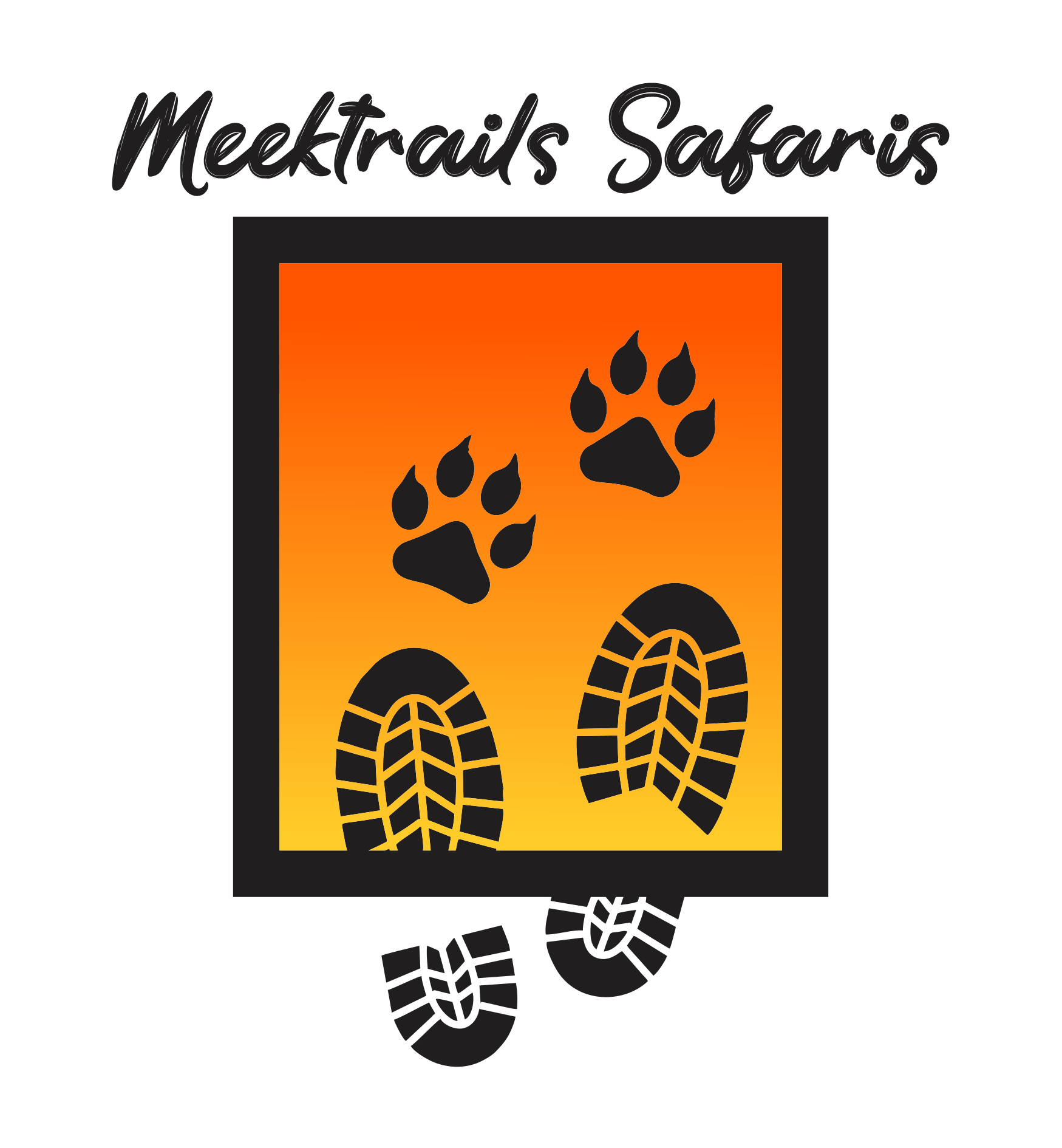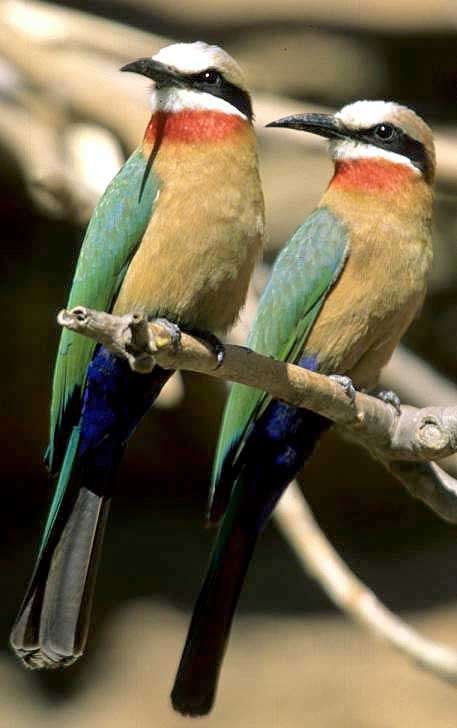Call us, Today +(254) 721 2120 05
Description
Kakamega Forest is a remarkable natural treasure in Kenya, serving as the sole remaining remnant of the once-vast tropical rainforest that extended across Central Africa, commonly referred to as the Guineo-Congolian forest. The Buyangu area in the northern part of Kakamega Forest falls under the protection and management of the Kenyan Wildlife Service. This area is renowned for its pristine and untouched forest, boasting trees that are over a century old. The abundance of tall trees in varying heights creates an ideal habitat for a diverse array of animals, nurturing an incredible biological diversity within the forest.
To reach Kakamega Forest from the regional city of Kisumu, one must journey through the Nandi Hills mountain range, with an ascent to an altitude of 1200 meters. Along the way, you will encounter the picturesque Yala River, which meanders through the forest and owes its sustenance to the presence of the Kakamega Forest.
The forest’s biological diversity is not solely a result of its productive ecosystem but also reliant on a delicate interconnection among its inhabitants. Monkeys, forest squirrels, genets, pangolins, giant forest squirrels, hammer-headed fruit bats, bushpigs, approximately 400 bird species, snakes, insects, and butterflies all contribute to the forest’s ecosystem by spreading tree seeds and pollinating flowers.
Kakamega Forest’s geographical and geological aspects contribute to its unique status. Approximately 10,000 years ago, as the climate became drier, the rainforest area dramatically diminished in size, resembling its current state around 250 years ago. Over time, local communities cleared significant portions of the indigenous forest for agricultural purposes, transforming Kakamega Forest into an isolated relic of the once-expansive equatorial jungle in Africa. The Luhya people, who reside in the region, have depended on Kakamega Forest for generations, utilizing its resources not only for firewood and construction materials but also for various medicinal plants.
Due to the escalating commercial exploitation and increasing population pressure on the forest, concerns emerged regarding the future of Kakamega Forest. In response, two nature reserves, Yala and Isecheno, were established in 1967, followed by two additional reserves, Buyangu and Kisere, in the northern part of the forest in 1985. These conservation measures aimed to mitigate the strain on the forest’s natural resources.
Gradually, Kakamega Forest has earned international recognition as a haven for hundreds of bird species, snakes, lizards, insects, monkeys, and other mammals. The forest offers visitors a selection of walking trails, viewpoints, and guided tours, providing an opportunity to personally experience the captivating beauty and distinctiveness of this forest. The northern part of Kakamega Forest retains much of its original virgin forest undisturbed, interspersed with the serene sounds of gurgling streams.
Kakamega Forest hosts an astounding diversity of plant life, with around 385 species, including Elgon teak, red and white stink woods, various Croton species, Aniageria Altissima, and several types of orchids. The forest is also home to numerous reptiles, amphibians, and lizards. Reflecting its continental origins, the snake species in Kakamega Forest largely originate from West Africa, encompassing the Forest Cobra, Jameson’s Mamba, Bush Viper, Gaboon Viper, and Rhinoceros Viper.
The forest is a paradise for bird enthusiasts, with approximately 350 bird species documented within its borders. These include snake-eating birds, Black and White Casqued Hornbills, Turacos, Pygmy Kingfishers, Jameson’s Wattle-eye, Yellow-crested Woodpeckers, Red-breasted Owlets, Martial Eagles, Crowned Eagles, and Bateleurs, among many others. Remarkably, around 45 bird species found in Kenya are unique to Kakamega Forest, with numerous endemic species further adding to its biological richness. Notably, the Grey Parrot, although present in extremely low numbers, represents one of the last remaining populations in Kenya and faces the threat of local extinction.
Kakamega Forest is also renowned for its vibrant butterfly population, which showcases an array of fluorescent colors, adorning the crown of this exceptional Guineo-Congolian rainforest—the only one of its kind in Kenya. Among the butterfly species that can be admired are the Regal Swallowtail, Black-tipped Diadem (considered one of the most beautiful butterflies of the forest), Mocker Swallowtail, Large Blue-spangled Forest Charaxes, and the Forest Mother of Pearl.
The forest supports a diverse range of mammalian species, including the giant forest squirrel, scaly-tailed flying squirrel, hammer-headed fruit bats, bushpigs, gray duikers, civets, sunnis, clawless otters, and several nocturnal creatures like ground pangolins, pottos, hedgehogs, aardvarks, brush-tailed porcupines, and occasionally leopards. Additionally, rare primates inhabit the forest, including black-and-white colobus monkeys, De Brazza’s monkeys, blue monkeys, Sykes’ monkeys, white-nosed monkeys, red-tailed monkeys, and olive baboons. Discussions have even arisen regarding the potential introduction of chimpanzees to Kakamega Forest.
In terms of weather, this part of Kenya experiences some of the highest annual precipitation levels, averaging around 2,000 mm. Most of the rainfall occurs between April and November, typically during the afternoon or early evening, often accompanied by thunderstorms. Temperatures in the region do not fluctuate significantly throughout the year, with mean maximum temperatures reaching 27°C and mean minimum temperatures dropping to 15°C. Therefore, visitors should wear light clothes to combat the daytime heat and high humidity, while also being prepared for rain and mud on the forest trails. Nights and early mornings can be surprisingly cool, necessitating the use of a fleece or jacket for comfort.
The optimal time to visit Kakamega Forest is during the rainy season, from April to July, when the flowers are in full bloom; however, any time of year offers a rewarding experience. Accommodations within the park are available, including guesthouses, self-help bandas, and two campsites. Furthermore, the recently established Rondo Retreat provides an exquisite lodging option, and hotels are also available outside the reserve, such as the Golf Hotel in Kakamega Town.
For a more enriching experience, visitors are encouraged to hire guides who possess extensive knowledge of the forest. These guides not only ensure your safety but also assist in reducing the impact of human activity on the forest’s resources. Guides are well-versed in the intricacies of the forest and vastly improve the chances of spotting animals and observing the diverse bird

























